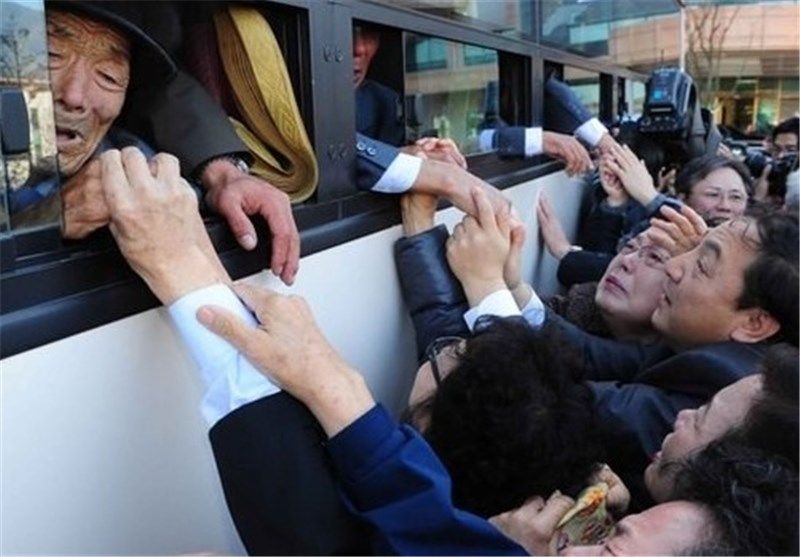
For many, the concept of family is a cornerstone of identity, a narrative woven from shared memories and unwavering bonds. Yet, for over 141,000 Korean children sent abroad between the 1950s and 1990s, this fundamental truth has often been obscured by layers of secrecy, societal pressures, and the sheer vastness of geographical distance. Today, decades later, a remarkable and often challenging wave of reunification is sweeping across continents, as Korean adoptees in the United States and Europe embark on poignant quests to find their biological families, only to discover that reconnection, while miraculous, is often far more intricate than they could have ever imagined.
At the heart of this unfolding story are individuals like Marianne Ok Nielsen, whose initial perception of her own beginnings was one of profound abandonment. For 52 years, Nielsen carried the weight of believing she had been discarded, a baby found on the street in 1973 by police in Daejeon, South Korea. Her formative years in Denmark, within the loving embrace of her adoptive parents, were nonetheless shadowed by this origin story, fostering a deep-seated feeling of unworthiness.
She vividly recalls a time when she would tell friends that she didn’t feel worthy of having children or a family of her own. Nielsen confessed, “I was discarded like garbage. Nobody wanted me… That’s what I was.” This sentiment, born from the belief that her birth mother didn’t want her, led to a desperate attempt to assimilate, to become “more Danish than the Danes,” even avoiding her own reflection in the mirror because she was “trying so desperately to be White.”
The turning point arrived unexpectedly when a four-year-old boy, the son of a man she was dating, innocently asked where her birth mother was. When Nielsen explained the absence of records, the child’s raw empathy struck her deeply: “If somebody had done that to me, I would cry all the time!” It was in that profound moment that Nielsen realized the suppressed grief she had carried, sensing, “Maybe a small baby inside of me has also been crying all the time.
In 2016, a hopeful step forward materialized when she took a DNA test through 325Kamra, a US-based non-profit organization dedicated to assisting Korean adoptees in family reunification. Years passed without a match, a testament to the elusive nature of these quests. Then, last May, everything shifted with a simple text message: “A possible family match has been found.” Her older brother, driven by a long-held hope, had registered his DNA with Korean police, leading to the unimaginable discovery.
“For 51 years, I believed I was abandoned on the street, that I was an orphan. I never imagined in a million years that I had a family, and that they had been searching for me,” Nielsen shared, her words echoing the astonishment and relief felt by countless adoptees. Today, Marianne Ok Nielsen has embraced this newfound connection, choosing to reside in Daejeon, South Korea, to be near her birth family, a journey of identity reclaimed.
Yet, the narrative of reunion is often twinned with stories of deep loss and lingering questions, especially for birth mothers who never stopped searching. Consider the harrowing experience of Han Tae-soon, now 73, who carries the indelible memory of her four-year-old daughter, Kyung-ha, skipping off to play with friends in Cheongju, South Korea, in 1975.
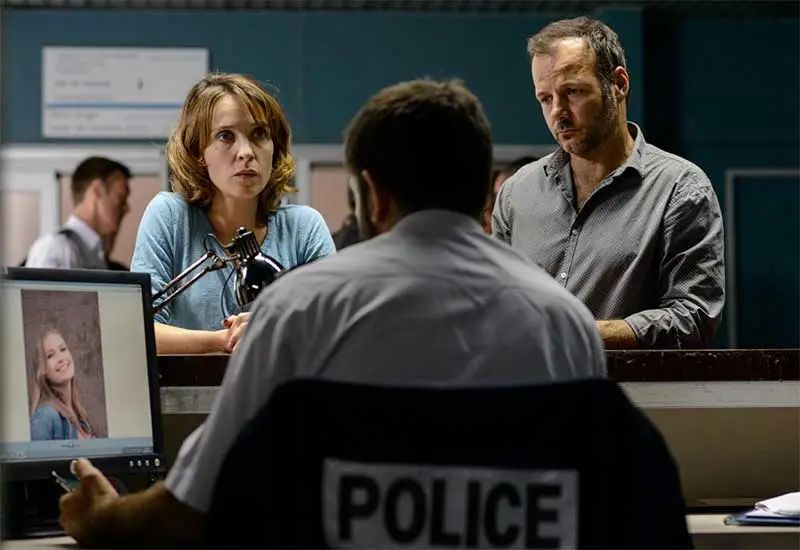
I was heading to the market and left Kyung-ha with a couple of her friends,” Han recounted to CNN. “When I returned, my daughter was gone.” For decades, the laughter of her child was replaced by gnawing emptiness, as Han, then a young woman of 22, would not see Kyung-ha again until both had been weathered by time.
Han’s relentless search took her to police stations, where, in a shocking display of disregard, authorities suggested that she consult fortune tellers. Undeterred, she opened a hair salon in Anyang in 1981, hanging an old photo of Kyung-ha in the mirror as a constant, public plea. She visited radio stations, distributed flyers, and even appeared on a television program in 1990.
This television appearance led to a tip, culminating in painful deception. A 20-year-old woman came forward, claiming to be Kyung-ha. Desperate for closure, Han questioned her, and the young woman seemed to offer enough convincing details. “I asked, ‘What does your dad do?’ and she said, ‘He drives a taxi.’ So, I brought her back with me,” Han explained, hoping against hope. Her husband, however, immediately saw through the facade, telling her, “That’s not Kyung-ha.”
It took two agonizing years for the truth to surface. As the young woman prepared for her wedding, she confessed, “The moment I saw you, I thought, ‘I wish that woman were my mom,’ so I lied.” She had been abandoned at an orphanage herself, a tragic parallel. With this admission, she packed her belongings and departed, leaving Han to grapple with renewed despair.
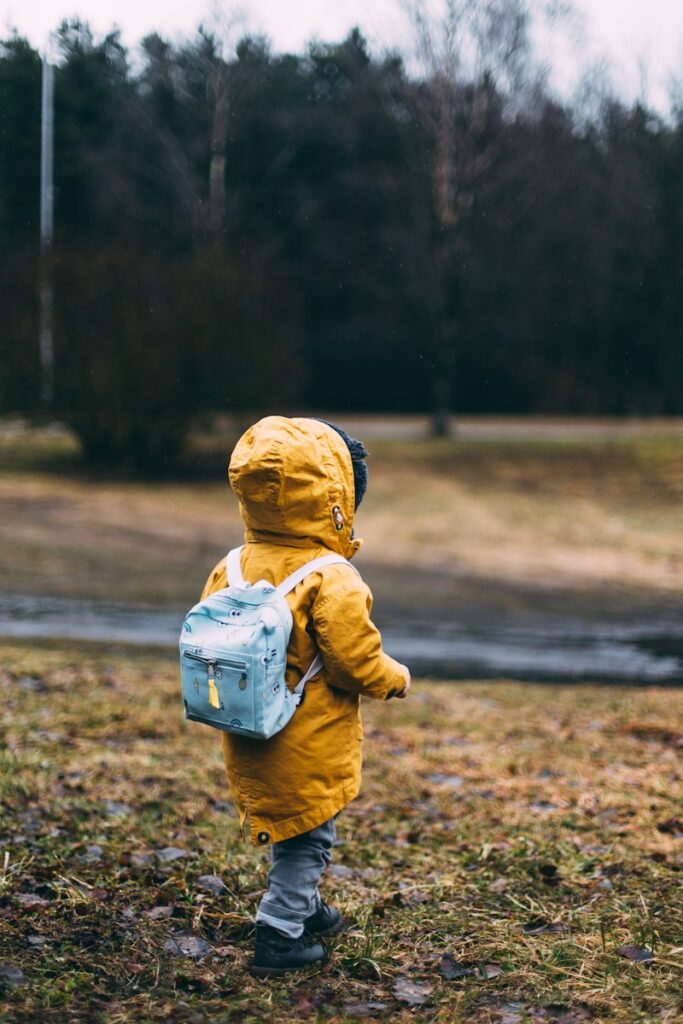
Like Nielsen, Han eventually turned to DNA testing through 325Kamra, which led to a match that would finally unravel the mystery. Her missing daughter, Kyung-ha, was living in the United States, known as Laurie Bender, a name given by her adoptive parents. It was Bender’s child who, nearly a decade ago, had submitted her mother’s DNA to the same agency, unknowingly initiating the journey toward this remarkable reunion.
Han shared her profound surprise: “The idea of adoption, especially international adoption, never crossed my mind.” For all the years she had searched within Korea, the possibility that her daughter had been sent abroad was unfathomable. Laurie Bender’s own account from 2019, shared with a South Korean television network, offered a glimpse into Kyung-ha’s fate: on May 9, 1975, she had “followed a lady onto a train,” ended up at a police station, and was then taken to an orphanage.
Han alleges that this unidentified woman lured her four-year-old daughter to a train station in Jecheon, some 40 miles from their home, and abandoned her. Records indicate that nine months after her disappearance, in February 1976, Kyung-ha was sent to the US. Her government-issued travel document, which authorized international adoption, startlingly replaced her last name with that of Jane White, the American missionary director of Jecheon Infant Home, and listed the address of Holt Children’s Services as her own.
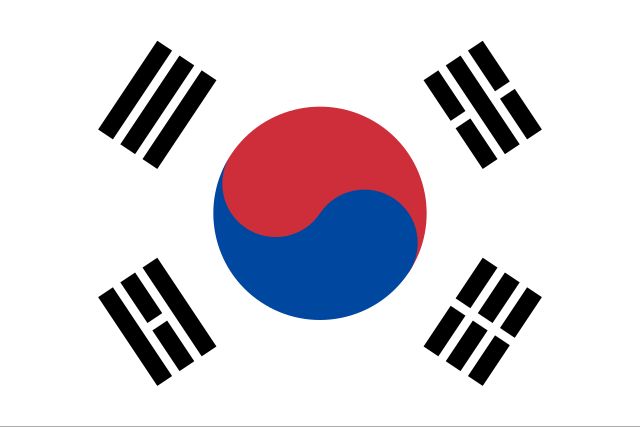
These individual narratives are not isolated incidents but rather threads in a much larger, complex tapestry that the Truth and Reconciliation Commission of South Korea has now officially acknowledged. This year, the commission reported on the “mass exportation” of babies, a lucrative business in which some infants were sent abroad with “fake names and birth dates” to foreign parents in at least 11 countries. It marks the first official recognition of the sheer scale of this injustice, shedding crucial light on a long-hidden chapter of Korean history.
The commission’s findings are stark: over 141,000 Korean children were adopted by families in the United States and Europe between the 1950s and 1990s. This surge in international adoptions occurred against a backdrop of post-war poverty and societal norms in South Korea that heavily shunned unwed mothers. Many women, facing immense pressure, were coerced into giving up their infants soon after childbirth, while, heartbreakingly, others endured the trauma of having their children stolen.
Central to this system were private adoption agencies, which were entrusted with all adoption-related processes by Korea’s Special Adoption Act for Orphans in 1961. This act, initially aimed at war orphans, later expanded to include babies born to unwed mothers, abandoned infants, and children deemed in need of “protection.” Disturbingly, the commission’s report revealed that these agencies “lost, falsified or fabricated the identities and family information of many children.” The journeys themselves were fraught, with “large numbers of children” enduring “long flights without proper care,” as evidenced by a black-and-white image of infants strapped into airline seats on a flight to Denmark in 1984.
Yooree Kim, now 52, vividly recalls a similar flight to France when she was just 11 years old. She found herself trying to comfort crying babies beside her, stroking their faces and letting her hair brush against their skin—a poignant image of a child trying to nurture other children in a moment of great vulnerability. Kim and her younger brother had experienced a happy early childhood in Korea, but their lives took a dramatic turn after their parents’ divorce.

They moved in with their grandparents, but when their grandmother was diagnosed with tuberculosis, they returned to their mother. Faced with severe financial hardship, their mother made the agonizing decision to place them in a private childcare facility in May 1983. This arrangement was intended to be a temporary one, a brief respite during a difficult time. However, by that Christmas, Kim and her brother found themselves on a flight to France, with their lives irrevocably altered.
Kim was explicitly told that her parents had “abandoned” her, a narrative that undoubtedly compounded the trauma of her sudden displacement. Adding to her profound distress, Kim stated that she had been abused by her adoptive father in France, allegations that he denied before his passing. These deeply personal stories underscore the immense emotional toll that this history has taken on individuals and families across generations.
Upon reunion, the challenges only just begin. The profound “cruelty of South Korea’s foreign adoptions” becomes acutely clear as reunited children and mothers grapple with immense communication barriers. Decades of separation have created chasms of different languages and vastly divergent cultures, which require extraordinary effort and empathy to bridge.
Read more about: The Daycare Discovery That Rocked One Mom: Why a Simple Clothing Change Sparked a Deeper Look Into Childcare Safety
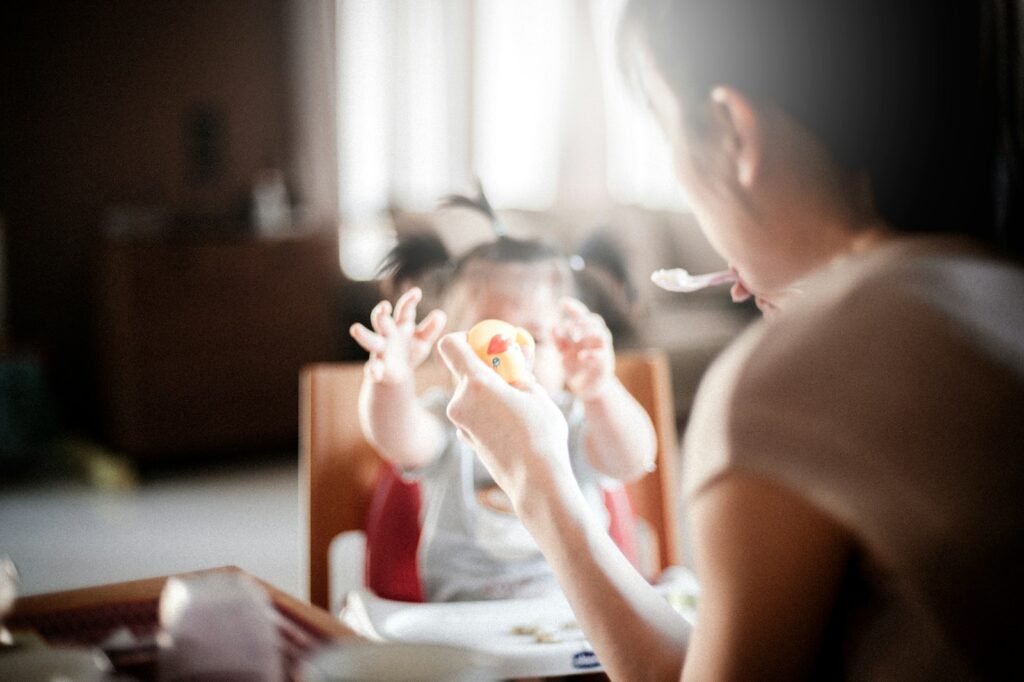
For Han Tae-soon and her daughter Laurie Bender (Kyung-ha), the language barrier is a significant hurdle. Imagine the depth of emotion, the decades of longing, finally met with the frustration of being unable to express it fully in shared words. Moreover, in Marianne Ok Nielsen’s poignant case, the passage of time has been unforgiving: old age has tragically robbed her birth mother of most of the memories that Nielsen ever existed, adding another layer of quiet heartbreak to a long – awaited reunion.
These stories, while deeply personal, are emblematic of a larger societal issue. The efforts of organizations like 325Kamra offer a beacon of hope, leveraging modern technology such as DNA testing to untangle the knots of lost identities and connect families across vast distances. The commitment of birth parents, like Han Tae-soon, who have never ceased their search, and the brave resolve of adoptees, like Marianne Ok Nielsen, to confront their past and seek their roots, are testaments to the enduring power of family bonds.
The recent report by South Korea’s Truth and Reconciliation Commission represents a vital step towards acknowledging a painful past, providing official validation for the experiences of thousands. While the journey of reconnection is undeniably fraught with complexities—linguistic divides, cultural adjustments, and the emotional scars of separation—the sheer act of finding one’s origins offers a profound sense of closure and self – understanding.
As these families bravely navigate the intricate landscape of rediscovered relationships, their stories illuminate the remarkable resilience of the human spirit. They are not merely reuniting; they are rebuilding, healing, and collectively shaping a more nuanced understanding of identity and belonging. The ongoing dialogues, fueled by these courageous individuals, promise to foster greater empathy and ensure that the lessons from this difficult chapter of history guide a more compassionate future for all.
It is truly inspiring to witness the strength and unwavering determination of those who, against immense odds, pursue the fundamental human need for connection. Their journeys, though challenging, stand as powerful affirmations of hope, reminding us that the ties that bind, even when stretched across oceans and decades, can ultimately be reforged, leading to new beginnings and profound personal peace. The world watches, learns, and cheers them on, recognizing the monumental courage in every step of their extraordinary path.



